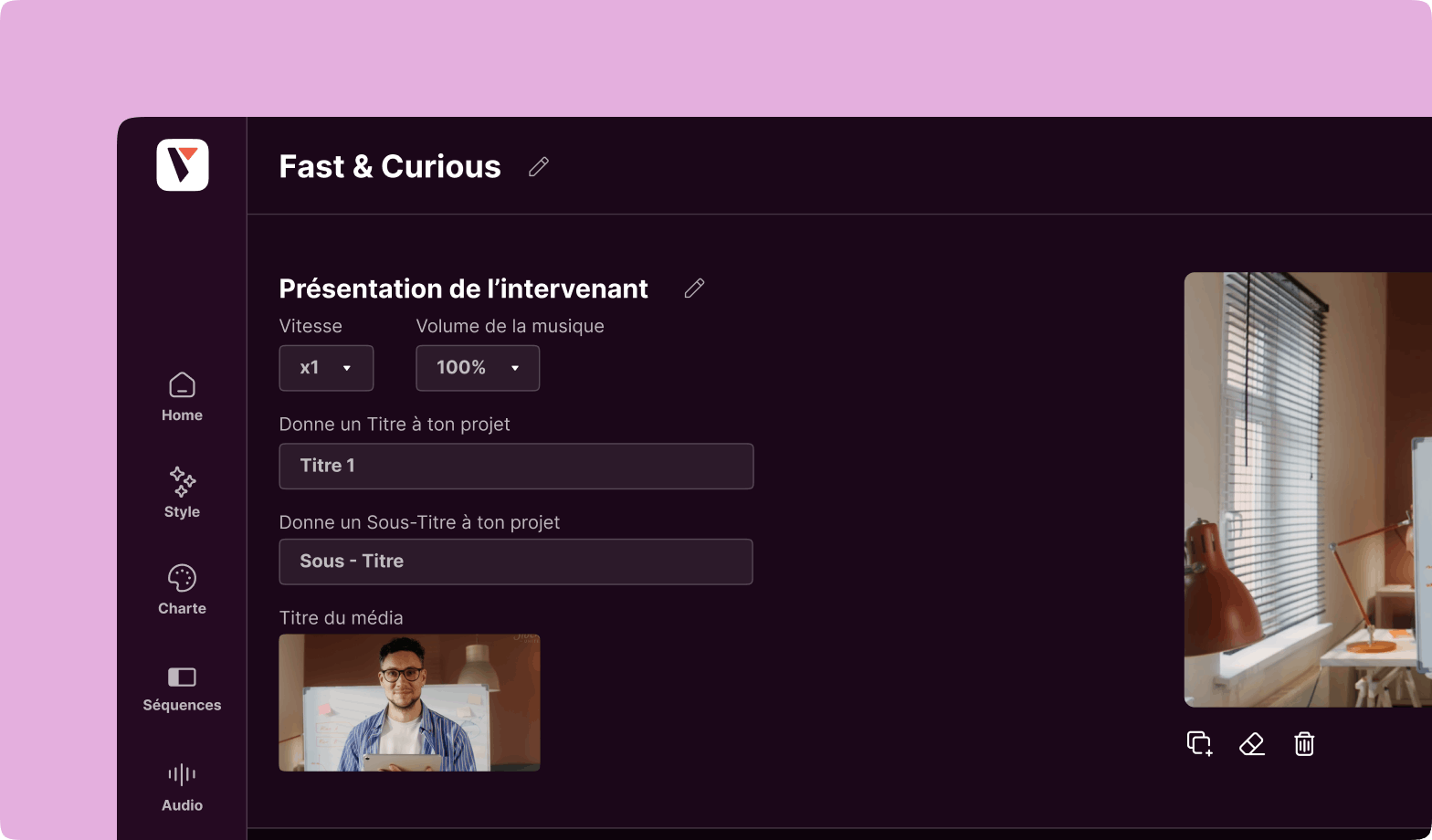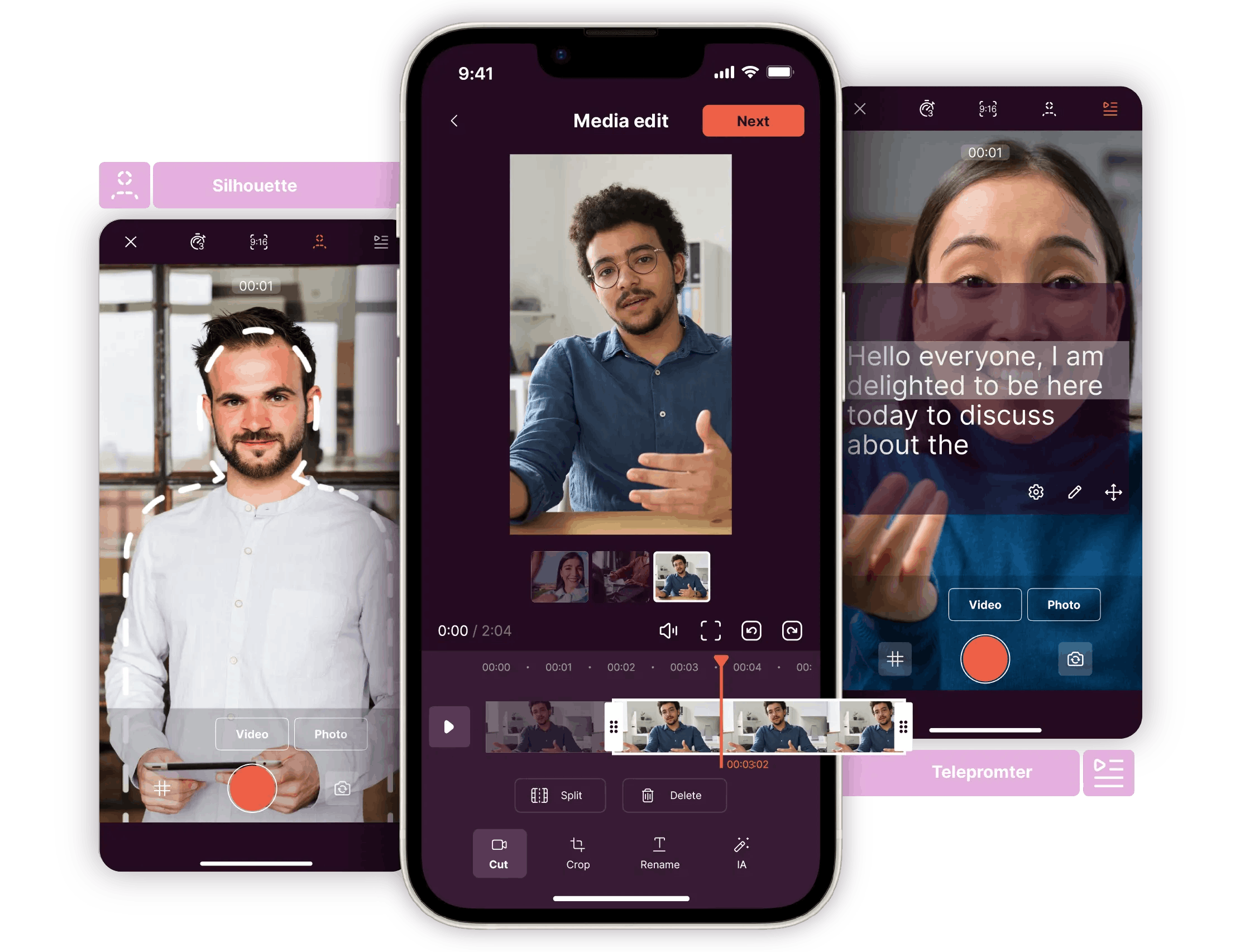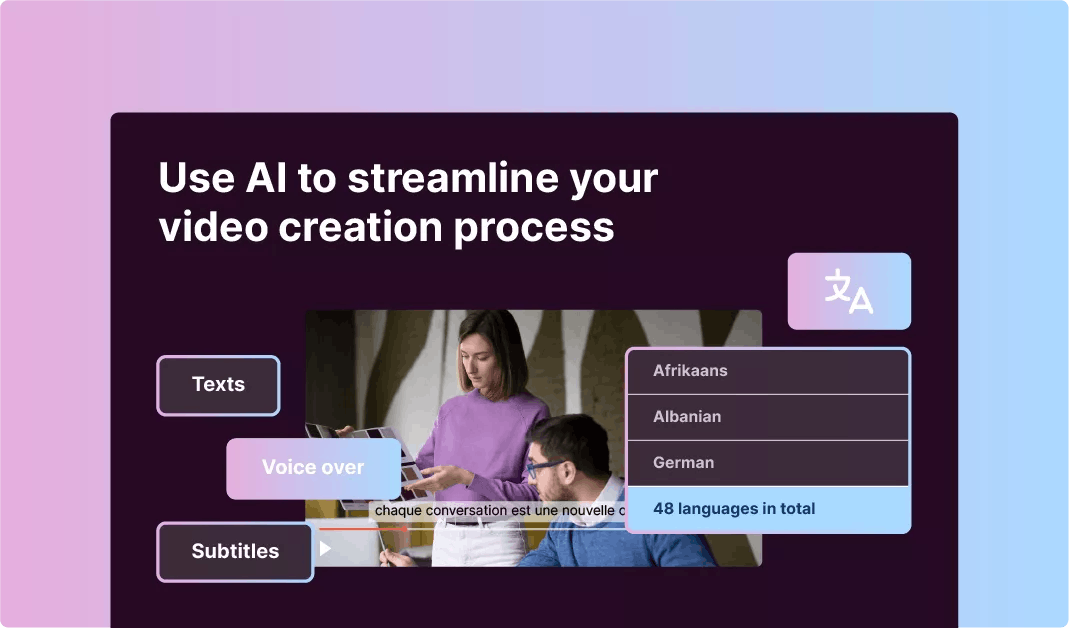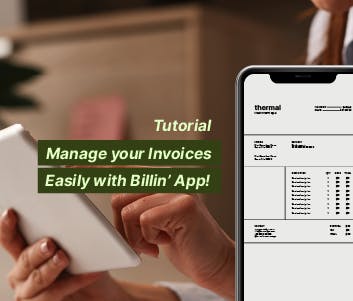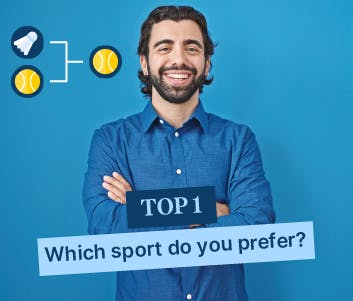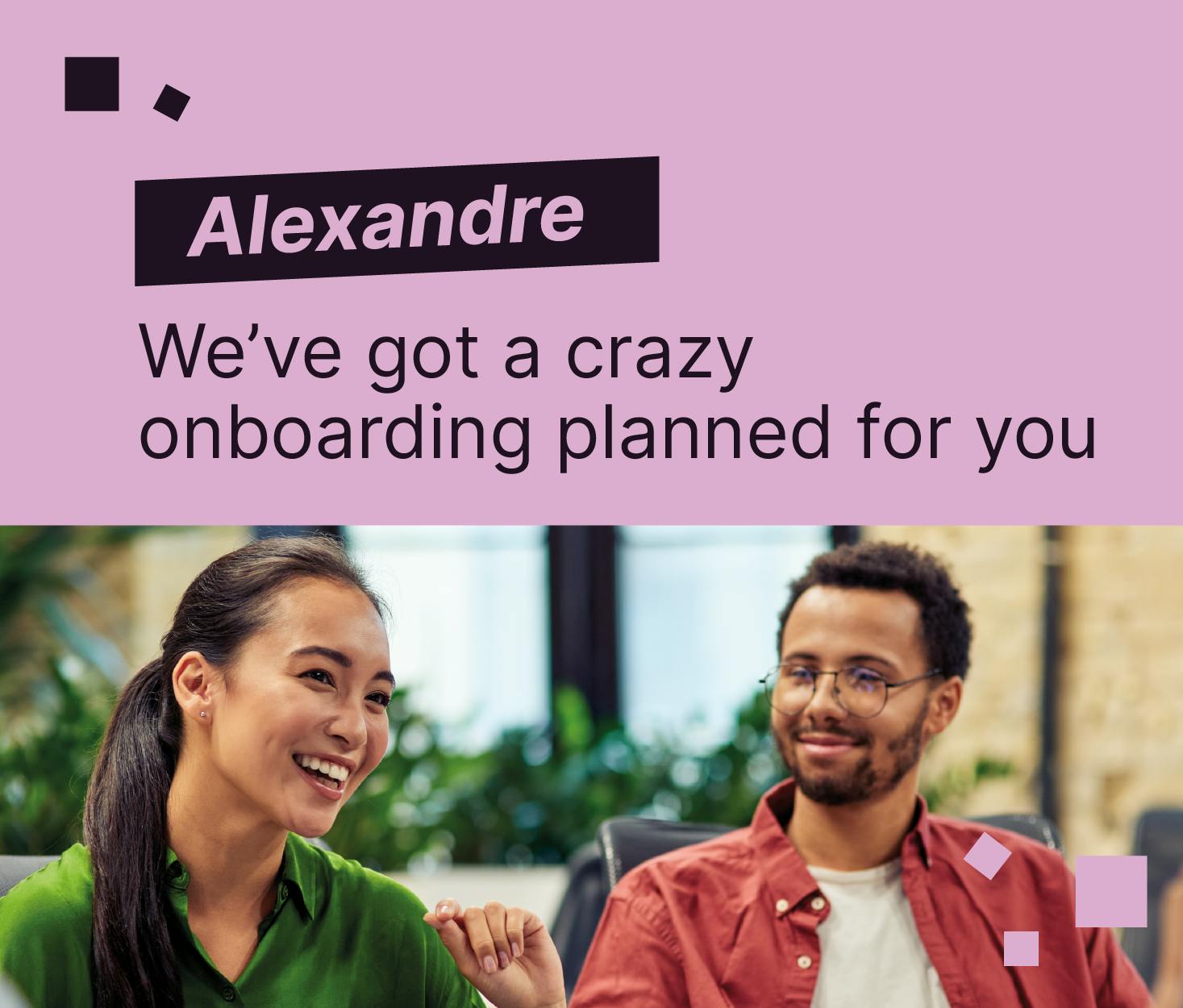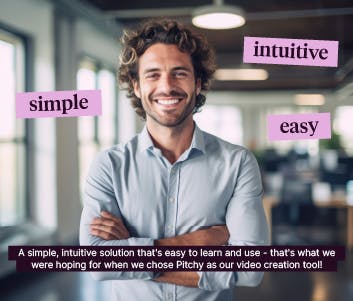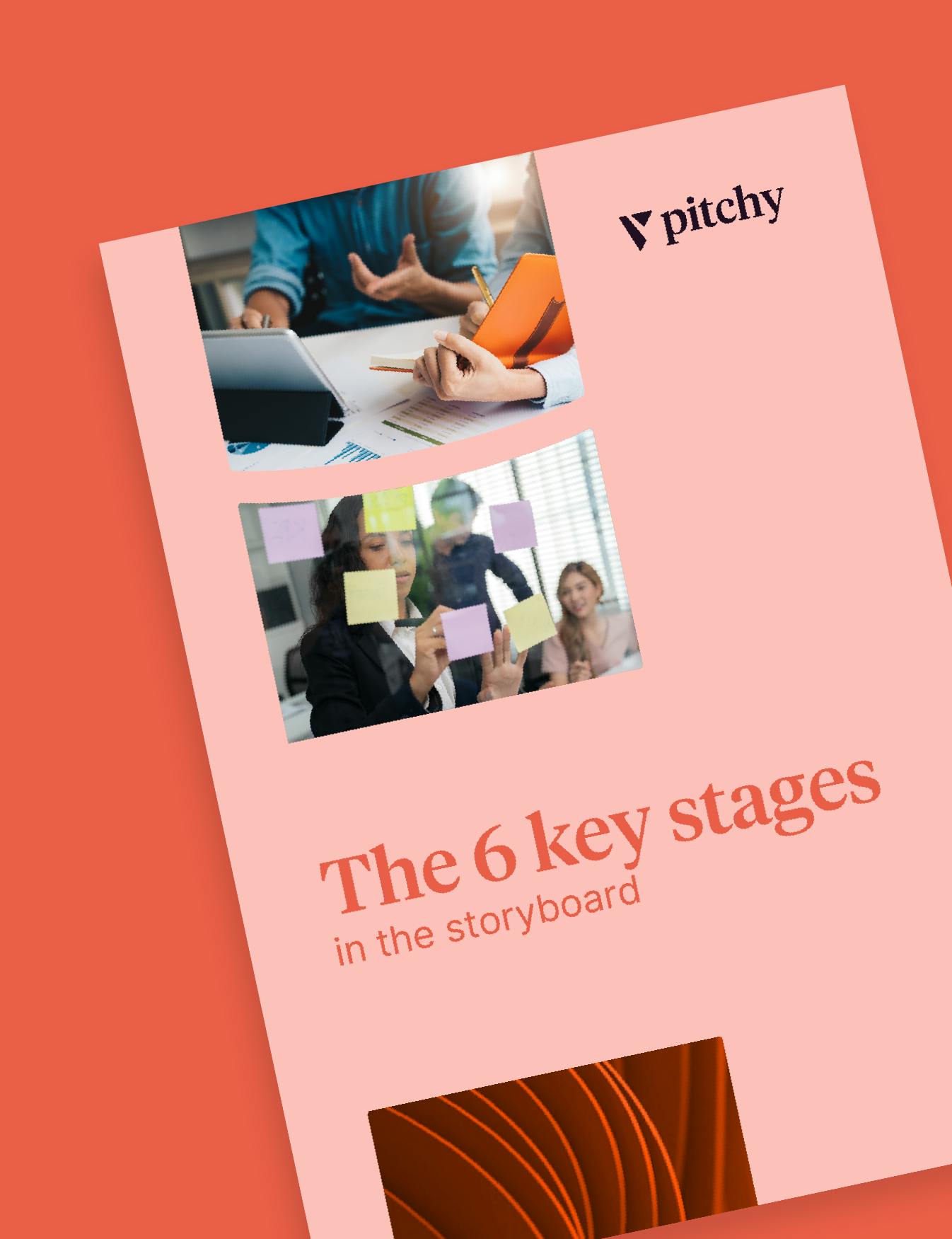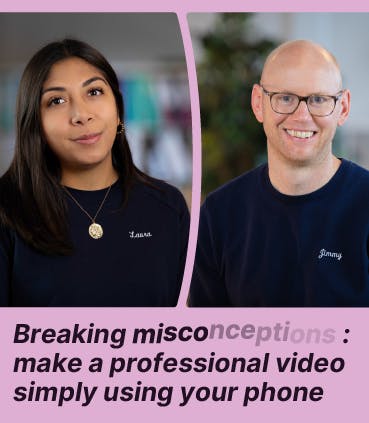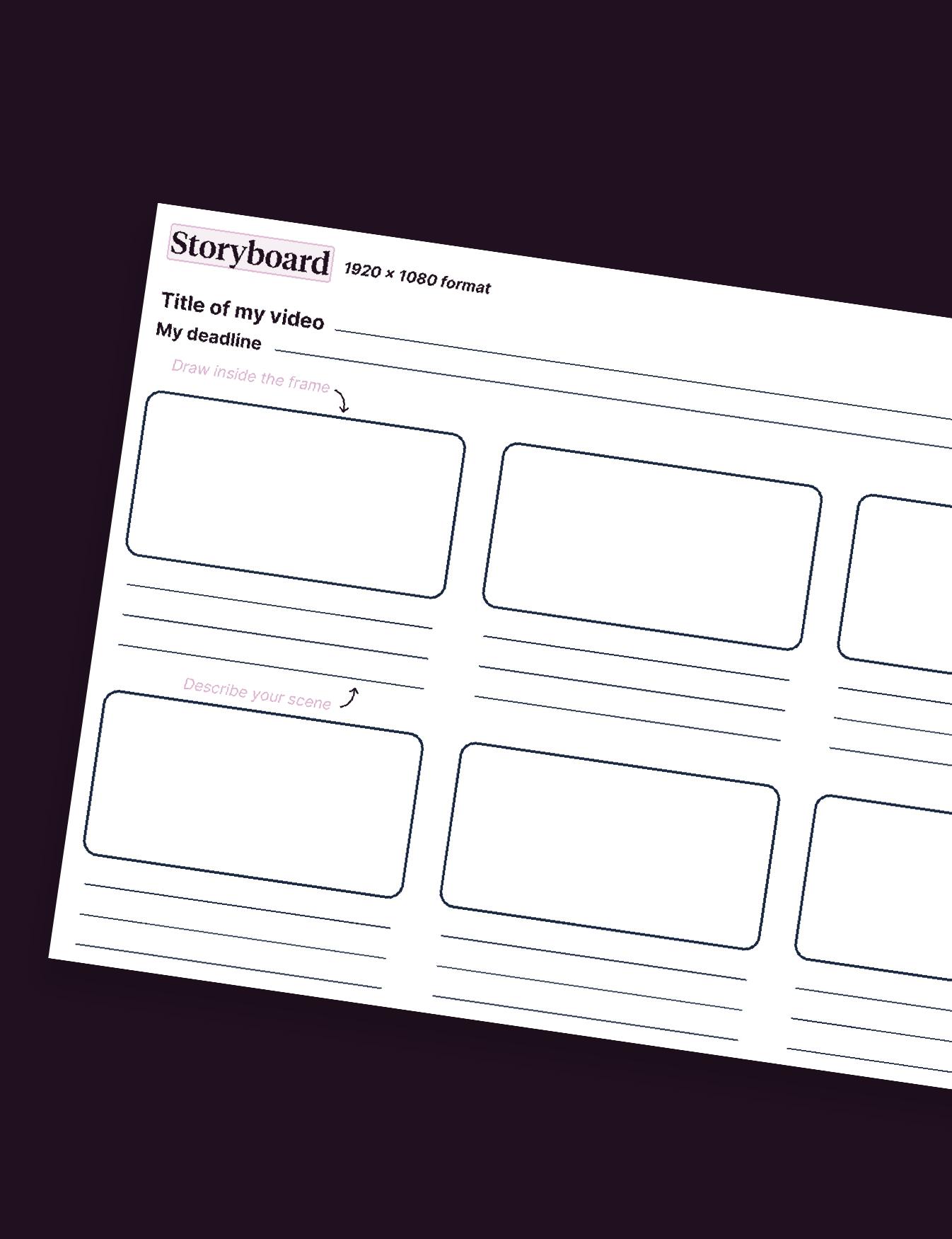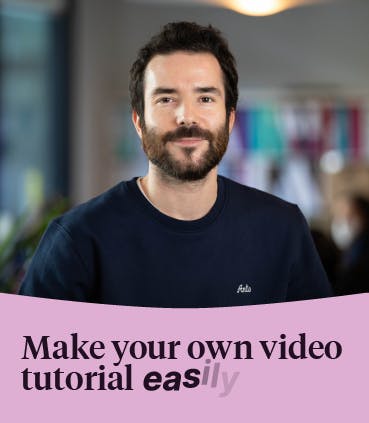Video interview: which formats for which social networks?

There is no perfect format for the video interview on social networks. But adapt intelligently to the channel used.
Once your video interview, whether of your employees or your managers, has been edited and finalised (lighting, background, highlighted goals, transitions, microphone, graphic charter, highlighted keywords, etc.), it must be broadcast to measure its impact on your audience. Social networks remain the reference channel for reaching a maximum number of people, especially your subscribers, who are sensitive to your themes, otherwise they would not follow you.
But as you can imagine, social networks are not identical, and do not address the same target, the same type of viewer. Tik Tok remains THE social network for young people, for those under 25. On the other hand, if you have a more B2B target, LinkedIn is the one to use.
And depending on the social network chosen, the format of the video will vary. Here are some tips, for a better practice.
Note than today, it is easy to create social videos, thanks to an online video editor, a video maker designed for beginners, to easily create video online.
On Facebook
You can receive all kinds of information on Facebook: news, if you follow the press, sponsored commercial posts, ads, posts from friends, etc… It’s up to you to make your way through this tide of information.
According to a study carried out by Emarketer, since 2017, the average time spent on Facebook on a daily basis has tended to fall, particularly among younger people, to reach an average of 37 minutes of video consumption in 2020, with a video not exceeding 3 minutes in order to be sufficiently referenced.
In addition to attracting attention quickly, it will be necessary to include subtitles, as the video will tend to start automatically, without sound. And give importance to the beginning of your video, to the intro video, to catch the attention in less than 3 seconds, as it is the rule.
For a classic post of your interview
If you choose the portrait format: 9:16 , 720 x 1280px. To get the best result with this format, think of filming the interview with an American shot, i.e. from the head to the hips. Ideally, the interviewee should be close enough.
If you choose the landscape format (horizontal phone), used by default on Youtube: 16:9, 1280 x 720px.

To include your interview in sponsored content
If you choose a square format (preferred for sponsored content): 600 x 600 px
And if you choose a landscape format: 1280 x 720 px

On Instagram
Instagram is THE social network for video, which accounts for 80% of its content, and is mainly viewed on mobile (hence the importance of the square or vertical format).
Instagram is less B2B oriented, but rather B2C, towards a relatively young target (under 30). If you want to post a video interview, remember to adopt a more relaxed tone, even if it is about your teams or your managers. You can create dynamic interview formats, such as the Fast and Curious, which has become very popular thanks to the Konbini media, as here with Sophie, Customer Success Manager at Pitchy. The objective: present the questions in the form of dilemmas, and ask the interviewee to answer spontaneously, from touch and go.
As with Facebook, be aware that most of your videos are likely to be viewed without sound, hence the importance of subtitles.
In the news feed
In the Instagram feed, it will be the square or vertical format for your interview.
Important: on Facebook, you can afford to have a 3-minute interview. On Instagram, however, it is recommended not to exceed 60 seconds.

In stories
Here again, the vertical format should be preferred (or shots filmed in 1080 x 1920), and the length should not exceed 15 seconds. If this is the case, your story will be split, or even divided into several parts, which is not really optimal for the user experience. You can play with this, creating suspense at the beginning of the story, and encourage people to watch the next one. It’s up to you to see how you use these 15 seconds of story!

On LinkedIn
LinkedIn is the “serious” social network for recruiters and companies, since it is aimed at your B2B clients, or your future candidates who will apply for the jobs you publish. Here, it is preferable to broadcast more corporate, more professional video interviews, with a more composed gesture, to talk about your brand, your identity, your values, particularly through your teams, your managers, and why not, through a customer testimonial?
And on LinkedIn, it is recommended not to exceed 2 minutes. Here again, think about subtitles.
Choose the .mp4 format, and a quality higher than 1,440 x 1,080 px. The .mp4 format will allow you to set up your video correctly.

On Snapchat
Snapchat is the Instagram of the under-20s. It’s the social network where teenagers (over 180 million every day) share mostly videos, especially video content, whether it’s advertising or challenges, as was the case during the first confinements in 2020. You’ve probably seen those videos of young people dancing on stairs, to the music of Maggie Lindemann’s “Pretty girl”.
Like Instagram, Snapchat works with stories, so you have to take into account that every ten seconds your video will be interrupted. It’s up to you to grab attention immediately with your interview, or to keep the suspense going by simply posting a photo of the interviewee first. You can even keep the identity of the interviewee until the end, for teasing purposes (especially if the interviewee is a celebrity, for example).
Remember to shoot in 9:16, which is a resolution of 1080 x 1920 px.

On Twitter
Even if Twitter is not the social network of choice for video, it is becoming more and more popular to be seen in the middle of the mass of tweets, knowing that the longevity of the latter is extremely limited. Of course, remember to upload the video directly to the platform so that it is visible (do not upload the Youtube link, otherwise you will only have a video thumbnail in your news feed).
As when you publish your video interview on Facebook, you can use landscape or portrait format. Ideally, the latter is recommended for Twitter.

Do you want to produce a video interview yourself for broadcast on social networks? You don’t need to hire an agency. Thanks to interview video software, you can do your own interviews. Check out our platform! Ask for a demo of the Pitchy online video editing software.
Resources
